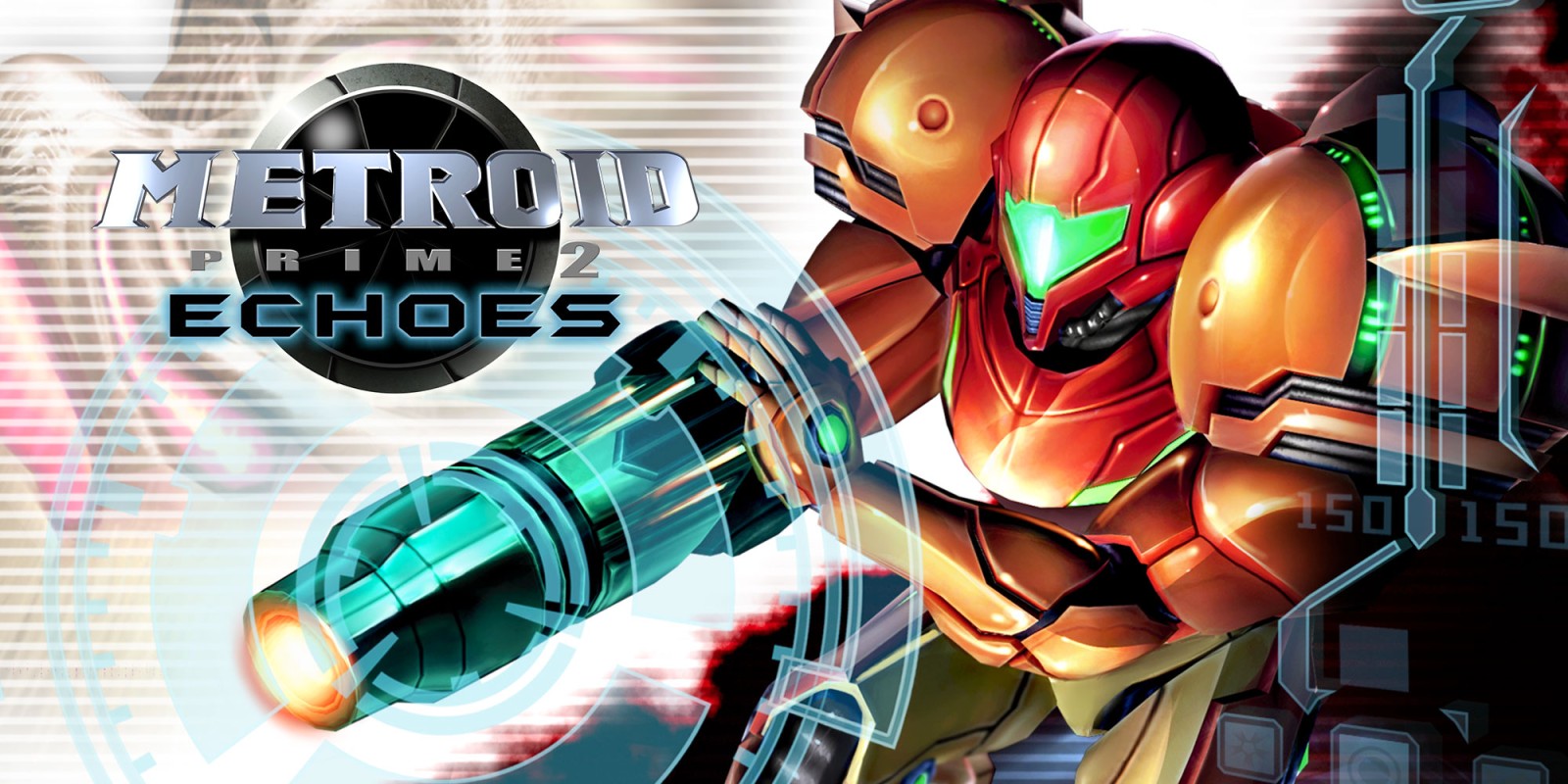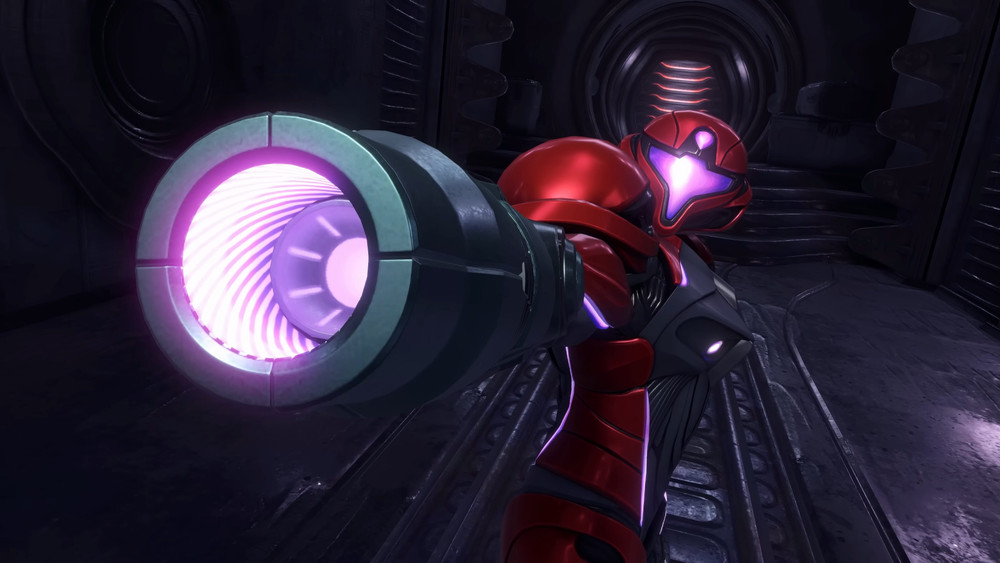Kensuke Tanabe Details Intense Development of Metroid Prime 2: Echoes for Nintendo GameCube
Entry information
Published on: November 09, 2025
Description
Kensuke Tanabe, renowned producer at Nintendo, has offered a rare behind-the-scenes glimpse into the grueling development cycle of Metroid Prime 2: Echoes, which first launched on the Nintendo GameCube in 2004.
The acclaimed sequel followed the original Metroid Prime by only two years, and recent insights shared by Tanabe shed light on the formidable challenges Retro Studios and Nintendo faced to bring this ambitious project to completion in such a short timeframe.
Metroid Prime 2: Echoes built upon its predecessor's success, introducing impressive new mechanics and a multiplayer mode that pushed the GameCube hardware.
In the newly released "Metroid Prime 1-3: A Visual Retrospective," Kensuke Tanabe explained that after the original Prime concluded, Nintendo directed Retro Studios to begin work on the next installment with urgency.
"Nintendo requested that our team complete the successor as quickly as possible," Tanabe recounted in the retrospective.
This directive was informed by not just the development of Metroid Prime, but also the cumulative time invested since the franchise’s modern inception.
Initially, there was a proposal within Nintendo to develop a Metroid Prime "1.5," a title focused on multiplayer experiences.
Ultimately, Retro Studios advocated for their vision—a comprehensive and standalone sequel—leading to the creation of Metroid Prime 2: Echoes as a robust addition to the franchise.
Tanabe and his team at Nintendo joined as supervisors from the outset, and work commenced with a strict goal: finalize the game within two years.
According to Tanabe, Metroid Prime 2’s development was strictly timeboxed, with no option for schedule extensions.
"In the final three to four months, we faced a rapid-fire decision-making process, resolving pending matters daily and transforming them into tangible results at an extraordinary pace," Tanabe explained.
Localization presented additional hurdles.
To accelerate the English-to-Japanese translation, Tanabe described an innovative workflow: interpreters would quickly review and read sections aloud in Japanese while the translation team prepared the following content, then swapped roles to maintain momentum.
"Through this method of verbal interpretation, we reached swift consensus on specifications and made real-time decisions," said Tanabe.
He also recounted moments where development teams would play unfinished segments in engineers’ offices, making immediate adjustments to gameplay parameters.
"During such sessions, I would urge everyone to ‘push our brains to their limits!’"
Despite the intense schedule, Retro Studios completed a quality multiplayer mode for Metroid Prime 2: Echoes, tailored for local play—a technical and design achievement during the GameCube era.
While Tanabe acknowledged that the multiplayer feature reached a smaller audience, he expressed hope that a remake would let more players experience this innovative addition.
Metroid Prime 1-3: A Visual Retrospective, now available, chronicles not only the making of these acclaimed titles but also offers further insights from Retro Studios about the recently released Metroid Prime Remastered on Nintendo Switch.
As the Metroid Prime series continues to attract both new fans and longtime followers, Tanabe’s reflection highlights the dedication and creative problem-solving that powered one of Nintendo’s most celebrated GameCube franchises.
Metroid Metroid Prime Nintendo GameCube Retro Studios Nintendo GameCube Metroid Prime 2: Echoes Kensuke Tanabe Metroid Prime 2 Metroid Prime 2 Echoes Nintendo Switch Metroid Prime Remastered Metroid Prime 1-3 Visual Retrospective






